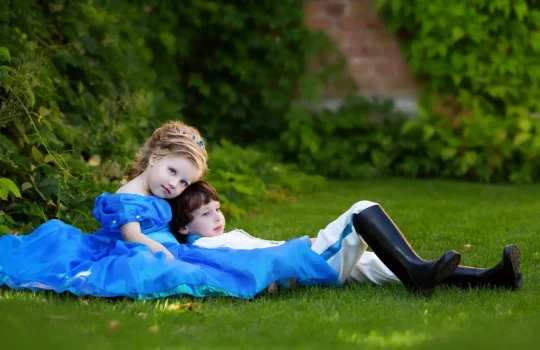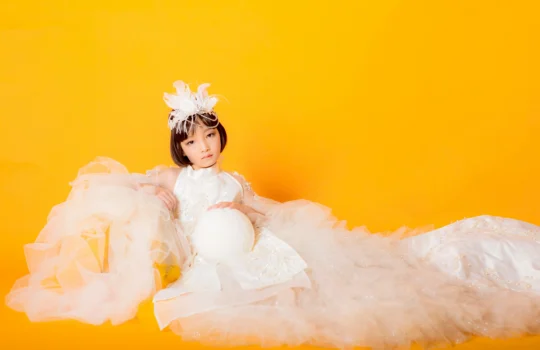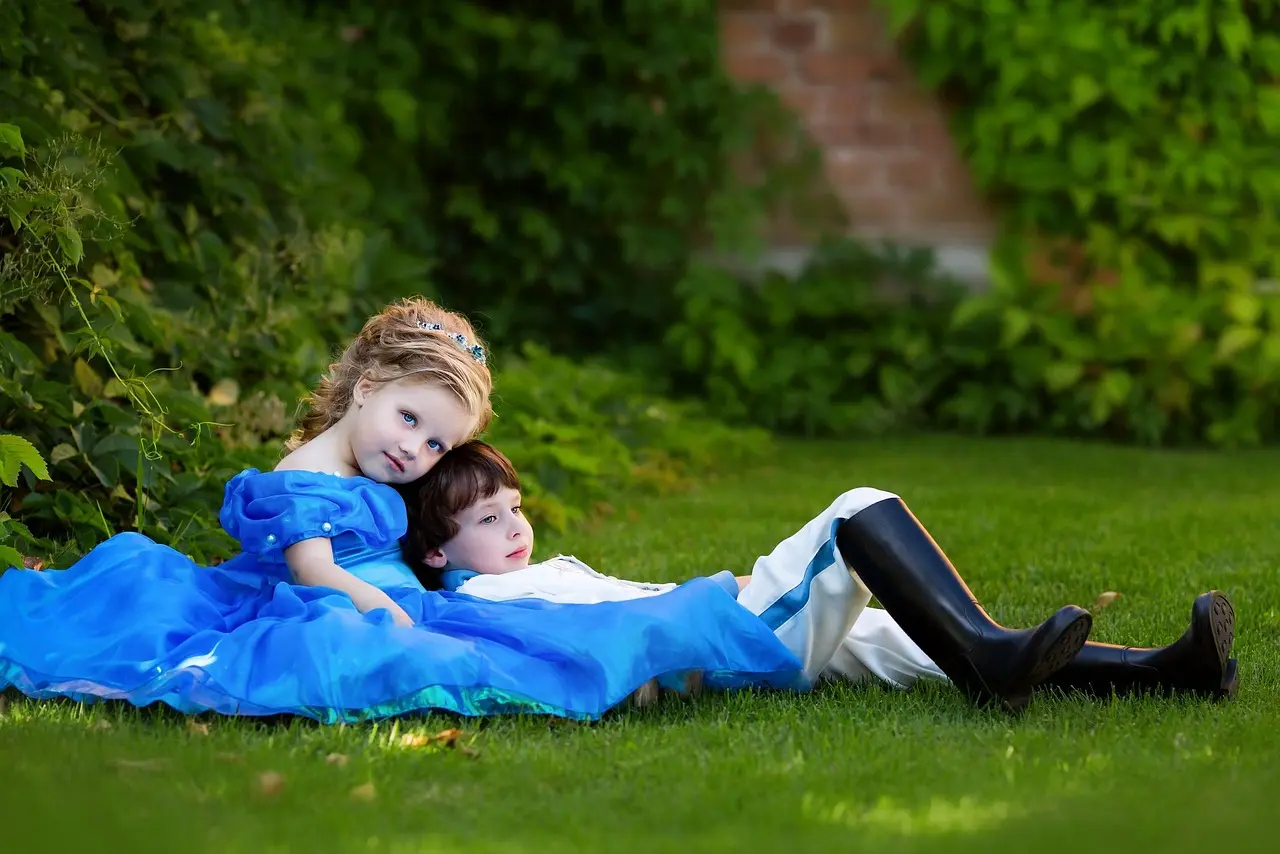As a kind of children’s formal wear, children’s suits carry rich historical and cultural significance. It is not only a symbol of fashion, but also represents the changes in society’s cognition of children’s status and role. This article will trace the development history of children’s suits and explore the important milestones in its evolution.
Early period
The rise of children’s suits can be traced back to the 19th century. At that time, there was a clear difference between children’s clothing and adult clothing. Children usually wore simple clothes, mainly for comfort. With the advent of the Industrial Revolution, the innovation of production technology made the design and production of children’s clothing more diverse.
In the Victorian era, children’s clothing began to be valued, especially the shaping of children’s image by the upper class. Suits gradually became formal clothing for boys, usually made by mothers themselves, reflecting the warmth and care of the family. During this period, children’s suits were mostly dark-colored, with wool and cotton as the main materials, simple in style but quite ceremonial.
Changes in the 20th century
Entering the 20th century, the development of children’s suits ushered in new opportunities. With the changes in society and the development of the economy, families pay more and more attention to children’s education and image, and the design of children’s suits has become more colorful. After World War II, the progress of material civilization has gradually expanded the market for children’s clothing, and the styles of suits have begun to diversify, with more lively colors and patterns.
At the same time, the rapid development of the media has also brought new changes to the public’s perception of fashion. The display of children’s suits in Hollywood movies and fashion magazines has inspired parents to choose more fashionable and personalized clothes for their children. During this period, children’s suits began to incorporate some popular elements, such as stripes, plaids and other patterns, and the design focused more on comfort and practicality.
Contemporary children’s suits
Entering the 21st century, the design of children’s suits has become a unique cultural phenomenon. Nowadays, children’s suits are not only used in formal occasions, but also gradually become a fashionable choice for daily wear. Designers began to pay attention to the characteristics of children’s activities and pay attention to the comfort and functionality of clothing.
Contemporary children’s suits have a variety of styles, and different brands have launched their own style series according to market demand. Retro style, simple style, fashion style and other distinctive designs came into being, satisfying parents’ pursuit of individuality and fashion sense. At the same time, the use of environmentally friendly materials has gradually become the focus of designers. Many brands have begun to use sustainable materials and advocate environmentally friendly fashion concepts.
Social and cultural influences
The development of children’s suits is not only affected by fashion trends, but also closely related to social culture and economic conditions. At different historical stages, the changes in children’s roles and social status directly affected the design of children’s suits. In modern society, children are regarded as independent individuals, and their aesthetics and fashion sense are increasingly valued. Suits, as their expression tools, carry more personality and self-expression.
Many brands and designers have also realized that children’s suits are not just clothes, but also a carrier for telling stories. Through unique design and creativity, children’s suits can convey family love, childhood joy and good expectations for the future.
Conclusion
The development of children’s suits reflects the society’s cognition and change of children’s image. From simple restraints to today’s diversified choices, children’s suits are not just clothes, but also a symbol of culture. With the progress of the times, children’s suits continue to innovate in design, materials and functionality, and will continue to accompany children’s growth. In the future, children’s suits will continue to integrate fashion, beauty and practicality, and become an important choice for more children to show their own style.






